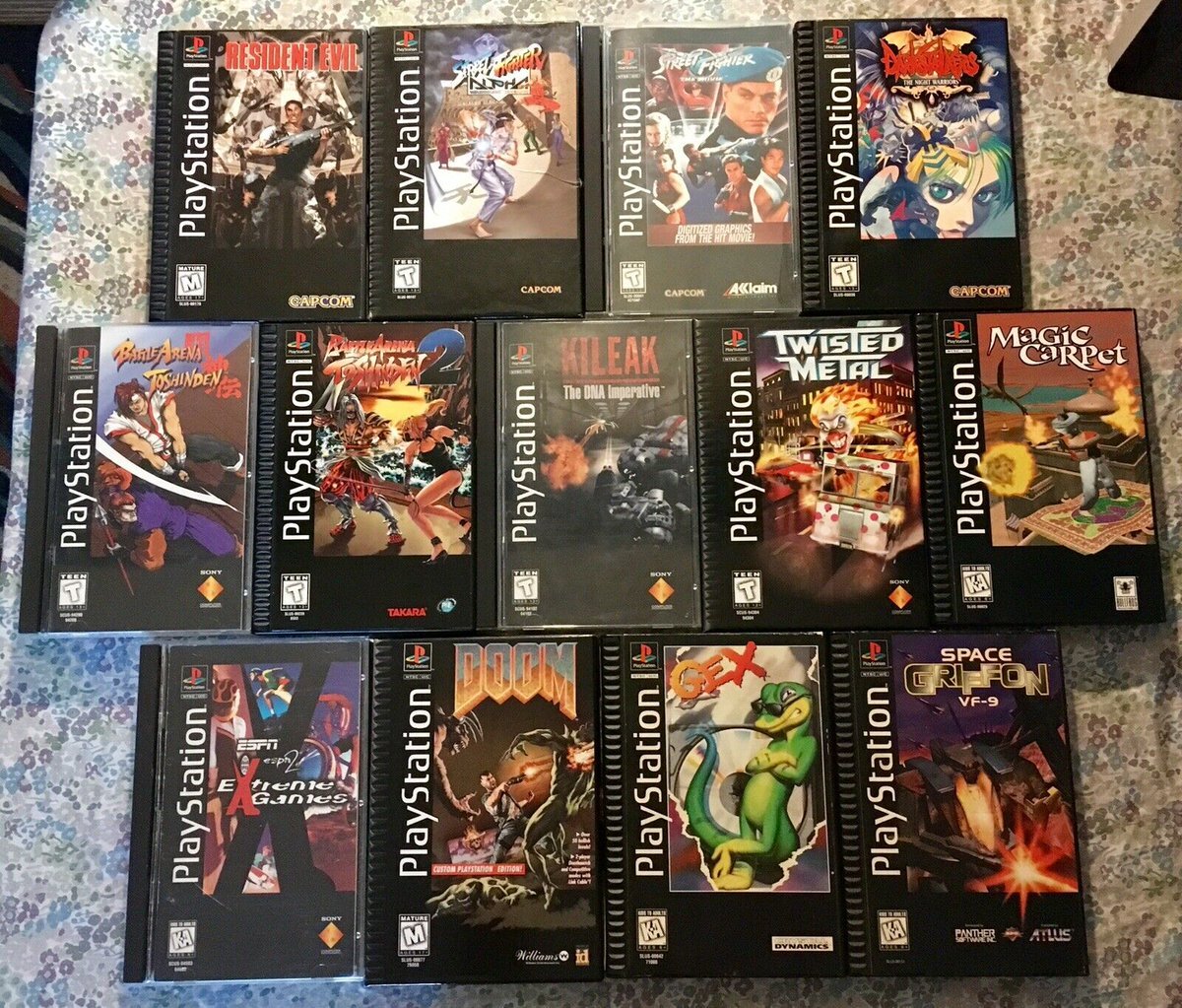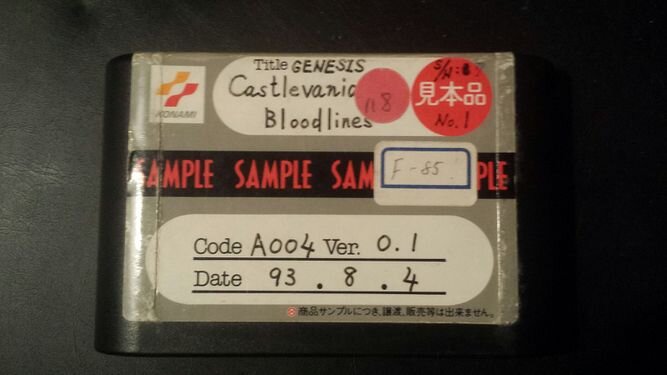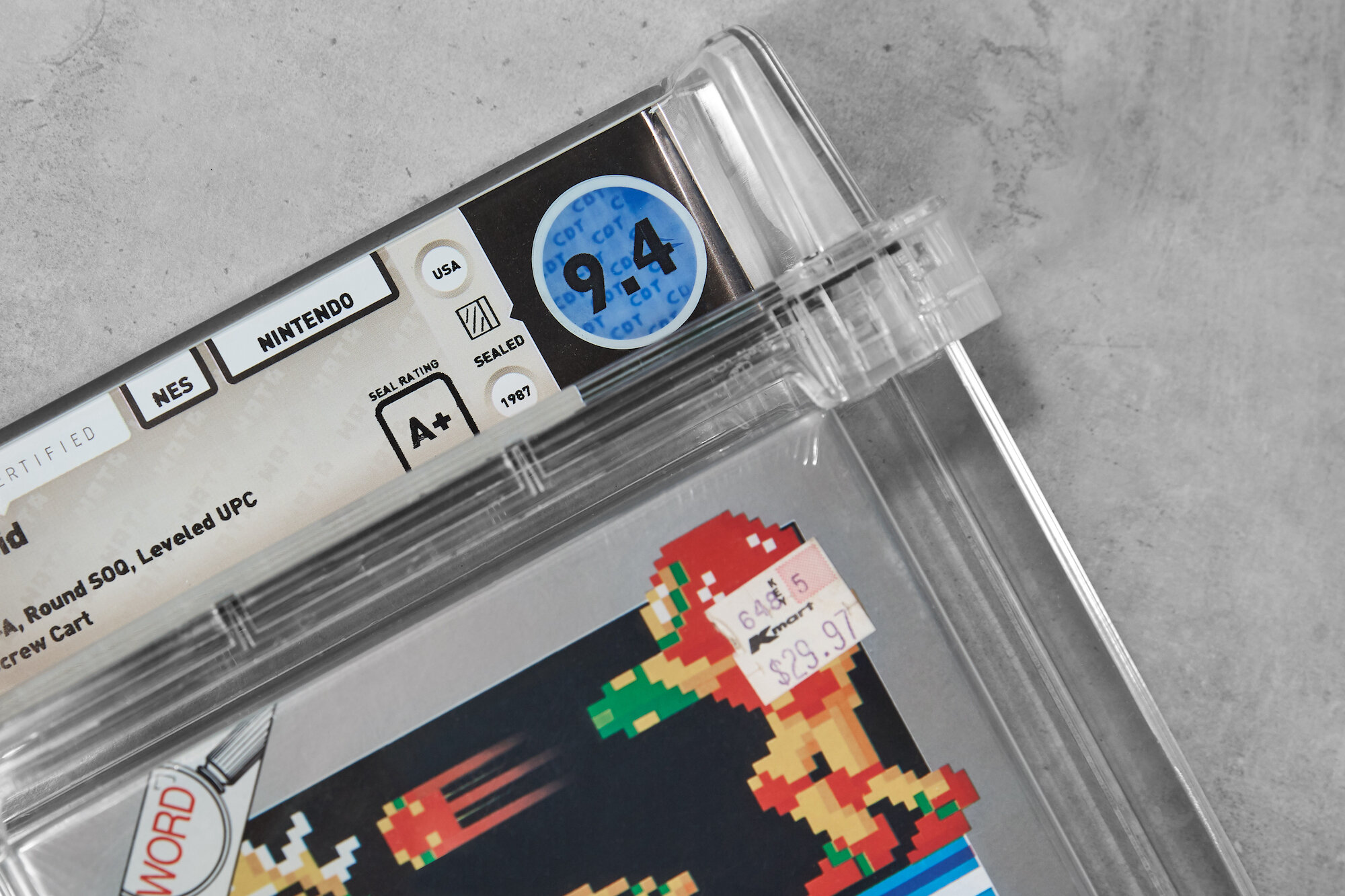How To Quickly Tell If Your Classic Games Are Buried Treasure
A significant trend in collectibles through 2020 and now 2021 is the rising popularity - and price - of classic video games. Home consoles have been a childhood touchstone for over a generation now. Icons like Mario, Sonic and Master Chief have each made an indelible mark on global culture. And with decades of hindsight to put things in perspective, we can see which games from the 80’s and 90’s which truly endure and deserve the “classic” label. Of course, that increased recognition has now made the race for the highest-quality copies of such games extremely competitive.
But we’re still talking about a mass-produced item when it comes to NES games or other historic rarities. So how do you tell the difference between a random yard-sale copy of Super Mario Bros. 3, and one worth $150,000? The truth is that serious collectors consider many subtle variations and manufacturing quirks to determine whether a given copy has investment potential - armed with this guide, you’ll also be able to tell the trash from the treasure!
MAKING THE GRADE
As games have gained popularity among the alternative investment community, a much higher emphasis is now placed on having a graded copy. This means that before any game can be truly said to have market value, you would first need to send it to a respected grading company, where expert game historians will inspect it and make notes on its condition.
The grading process also aids in preserving the game, by encasing it (or its packaging) inside a sealed plastic case. This is necessary to verify that the quality rating given by the grading service is still relevant - the case is intended to keep the game in that quality forevermore. Even if your own copies are quite well preserved, getting them graded and sealed will open up a whole field of newly interested traders, since it removes a lot of uncertainty for the buyer.
As a buyer, it’s a good idea to read thoroughly the grading criteria which major services like WATA work with. Knowing precisely what makes a game rare or significant to them is key to making smart decisions for yourself, instead of simply following price guides and market trends.
MINT IN BOX
The first big question in evaluating a game is an easy one - does it come in the original packaging? This might be a no-brainer to those with collecting experience, but may not be apparent to newcomers looking for their first quality specimen. Many games from the cartridge era have been traditionally sold without cases on the secondary market! But a boxed copy (with any manuals or other components preserved and enclosed) will always sell for more as a collectors’ piece.
Finding a classic game which is C.I.B. (complete in box) is a great start - but ideally, you want your copy to also retain its original shrink-wrap or factory seal, showing that it has never even been opened! Factory seals are such an important factor in top-end collecting that grading services will often give the seal its own separate grade, so you can have a 10.0 factory seal (perfectly fitted, plastic unscuffed and clear) on top of your 10.0 game. These are the factors that push one-of-a-kind specimens over the top and generate newsworthy auction bids!
CAN I GET YOUR NUMBER?
Most gamers are very familiar with the idea of version numbers for software, especially in the modern day where almost every game receives constant post-release patches through the internet. But even in the offline age of cartridges and disk drives, games would still have multiple print runs or be re-released across multiple regions with subtle changes in each. Small differences like these allow collectors to zero in on scarce or notable versions of a game, making some of them worth many times what the similar “ordinary” copies would be.
However, most of these variations are not spelled out on the game’s packaging, so you’ll need to do some quick research for each title you’re looking at to see if there’s any easy sign to tell different production runs apart. For instance, on the hugely popular “black box” range of NES games, which first brought the name Nintendo to American households, collectors have documented a timeline of tiny changes to the packaging which helps pin down the year - or even month - in which a particular copy was produced.
image credit: watagames.com
Even if you know your game is in factory-sealed condition, you’ll need to play “spot the difference” with trademark symbols on the words “Nintendo Entertainment System”, white codes in the front bottom corner and on the top of the box, the “Game Pak (NES-GP)” specification on the back of the box, and several other bits of minutiae before you can determine its true value.
For Super Mario Bros. 3, the most sought-after copies have the word “Bros.” printed on the left side of the cover art, over Mario’s glove. After the first few production runs of the game, Nintendo switched to printing “Bros.” centered above Mario’s cap. That rare early-run “left Bros.” variant is the one which set the massive $156,000 sales record in November 2020, by the way - it’s impossible to overstate the importance of these tiny details!
And of course, every Nintendo game sold in the US has borne their famous Seal of Quality, one of the most successful branding moves in gaming history. The design of the seal itself has changed several times, as has its placement on the packaging - marking another point where newer and older copies of games diverge. If you can’t find specific details on variants of your particular game, pinning down the date your Seal of Quality is from can be a good fallback plan in establishing its true provenance and value.
DON’T LEAVE ME HANGIN’!
Lastly, certain rare versions of games can be spotted not from any code or marking or serial number, but physical differences in the make of the game or its packaging. Obviously, some of these are only apparent if the game has been unsealed and opened. In almost all cases, opening a sealed game to check these variations will lower its overall value even if it DOES have them. So for now, these are mostly important for copies which are not sealed. But unsealed games can still be graded, and these versions are definitely worthwhile pieces if you spot them in the wild!
Games sold in cardboard boxes - which covers most of the ones sold during the 1980’s - often featured a distinct cardboard tab which could be unfolded by retailers and used to hang the game for display. Since these “hangtags” were so easily damaged by use and were largely phased out by the end of the decade, they serve both as an extra-tough grading criterion and another way to date different production runs. Of course both of these details are vital to determining the worth of your copy.
If your game is old enough to come in a cardboard box, you should take a careful look for hangtags even if one isn’t visible on top. The tag shape was printed as part of the box itself, and sometimes stores would leave it intact instead of folding it out for use. There are even cases where the printed hangtag section has been left under the plastic factory seal - these are particularly rare and valuable!
While heavily associated with cardboard packaging, games in plastic cases will also occasionally have similar tags or detachable packaging elements. Obviously, the preservation of any such elements then becomes a major factor in the grading of those games - enough to merit a bit of research before you buy or sell.
There are also instances where games have sold with non-standard packaging for their console, or where the packaging standard has changed significantly during the game’s print run. For instance, very early PS1 games were released not in the console’s recognizable CD-like square jewel cases, but in rectangular black cardboard “long boxes” which followed the design conventions of cartridge-based console packaging. These boxes are now prized as oddities and for their “retro” look.
Even after the switch to jewel cases, Sony didn’t perfect the look straight away - the next set of cases have a slimmer, notably different design to the more common ones which came later, and games in this packaging have also become a collectors’ item in their own right.
OPEN SEASON
Nintendo’s many box variants include some which aren’t detectable on a sealed copy. One notable case is a star marking which appears on the fold-in tabs at the side of the box’s opening. This marking denotes a game which was to be given away as part of a Nintendo promotion - while these are often indistinguishable from retail copies otherwise, the star mark can handily redeem the value of a well-preserved but unsealed box!
image credit: watagames.com
If your copy of a game has already been opened when you found it, it’s even worth (carefully) examining the game disc or cartridge itself for variations. NES cartridges can feature a variable number of screws in their plastic casing - the manufacturer changed their design in the late 80’s to save on screw money.
Which version of a particular game is more valuable depends on relative scarcity. For early NES games like the original Black Box titles, the latter 3-screw copies are rare. But games which came out immediately before the change have this valuation reversed - since only a few runs with 5-screw cartridges were produced prior to the company-wide switch.
PROTOTYPES & PEDIGREES
All of the variants listed above are still recognized as “retail variants”. They were mass-produced, packaged and sold at scale and, as such, enough copies are on the market to create a stable consensus on price. This is why grading has become particularly important - standardized, formal grades have helped even widely-available consumer copies of classic games reach auction prices in the tens or hundreds of thousands of dollars!
But it’s worth acknowledging that there are certain specimens which, due to unique conditions around their creation or preservation, hold a unique value above and beyond any mass-produced retail variant. Collectors recognize these artifacts by name; there are rarely more than a handful of copies of each, if there is even more than one.
This uniqueness and the significance of their narrative places these games in a special collectors class when it comes to valuation - their specific grade is almost irrelevant, as there aren’t other copies to compare it to.
There are two main categories of these rarities:
Prototypes are rough early copies of a game, produced for internal testing rather than sale and usually featuring little to no packaging or labels. Some of these copies feature unfinished “development” versions of the game software as well. Since most prototypes look like bootlegs, with custom labels and plain packaging, it is very easy to be defrauded while shopping for them. Be sure to take care, and do your research when offered!
Pedigree games are a little different - they are otherwise normal copies (for their variant) which belong to a specific, noteworthy collection of rare games. The term is borrowed from the world of comics, where a shocking percentage of big money comics on the market are sourced from a handful of astounding collections, usually uncovered in a basement which had happened to keep just the right atmospheric conditions for 40 years. Due to their high quality and the fondness of collectors for their story, these copies acquire an intangible value which often pushes their price above copies which are outwardly the same.
Similar things are now happening in video games; major seller Heritage Auctions recently offered a mouthwatering selection of games from a haul dubbed “The K-Mart Collection”. So called because the games were originally left unsold at a K-Mart store for years, allowing them to be preserved uncannily well in their factory wrap and “vintage K-Mart price-sticker”.
The world-class Metroid copy from this collection is currently a featured investment on Mythic Markets!
Pedigree and prototype copies of games are beyond the scope of many collectors, and different logic garners their purchase compared to more common, grade-dependent items. Still, you never know what you’ll find in the next yard sale. We wish all of our budding game collectors - and game investors - good luck in tracking down their next big winner!










